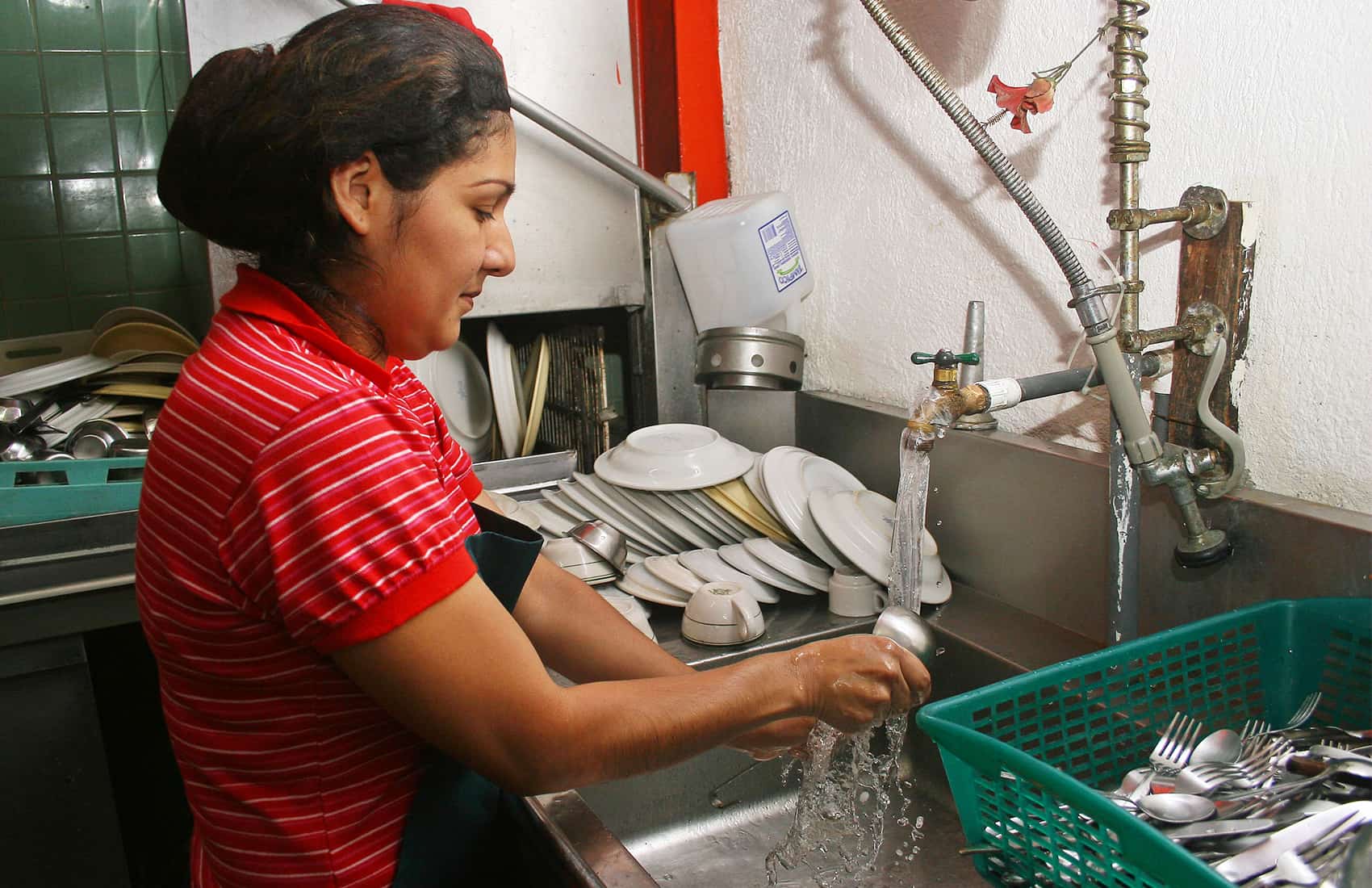Costa Rican authorities have implemented water rationing measures in the metropolitan area of the capital, affecting over 275,000 people. The rationing, which will last from Monday, July 10th, until Sunday, July 16th, is due to the current imbalance between water supply and demand.
The six cantons affected by the rationing are:
- Escazú
- Santa Ana
- Goicoechea
- Moravia
- Desamparados
- Aserrí
The rationing will be rotated among different areas, with some areas experiencing daily water cuts, while others will only have their water cut once a week. The water cuts will last for up to eight hours.
The rationing is attributed to the current transitional conditions between the dry and rainy seasons. The available water resources are insufficient to meet the demand, and the exact status of the water reserves has not yet been determined.
Costa Rica is currently transitioning into the tropical rainy season, which extends until November. However, the presence of the El Niño climatic phenomenon this year may lead to droughts starting in July, affecting both water availability and energy generation.
Authorities do not rule out the possibility of further tightening water rationing measures in the coming weeks. The situation is evaluated weekly, and measures for the following week are announced accordingly.
It is advised to avoid wasting water on activities such as lawn or sidewalk irrigation, car washing, or any non-essential consumption.
Impact of the water rationing
The water rationing is likely to have a significant impact on the affected areas. Businesses and residents will need to make adjustments to their water usage habits. Some businesses may need to close or reduce their hours, while others may need to find alternative sources of water. Residents may need to store water or find ways to conserve water.
The water rationing is also likely to have an impact on the environment. The lack of water could lead to water quality problems, as well as the spread of waterborne diseases.
What can be done to address the water shortage?
There are a number of things that can be done to address the water shortage. These include:
- Increasing water conservation efforts
- Finding new sources of water
- Reducing water demand
Water conservation efforts can be implemented by businesses and residents. Businesses can install water-saving fixtures, while residents can fix leaks and water their lawns less often.
New sources of water can be found by drilling new wells or by capturing rainwater. Water demand can be reduced by using water-efficient appliances and by fixing leaks.
The water shortage is a serious problem, but it is one that can be addressed. By working together, Costa Rica businesses, residents, and authorities can find ways to ensure that everyone has access to clean water.






